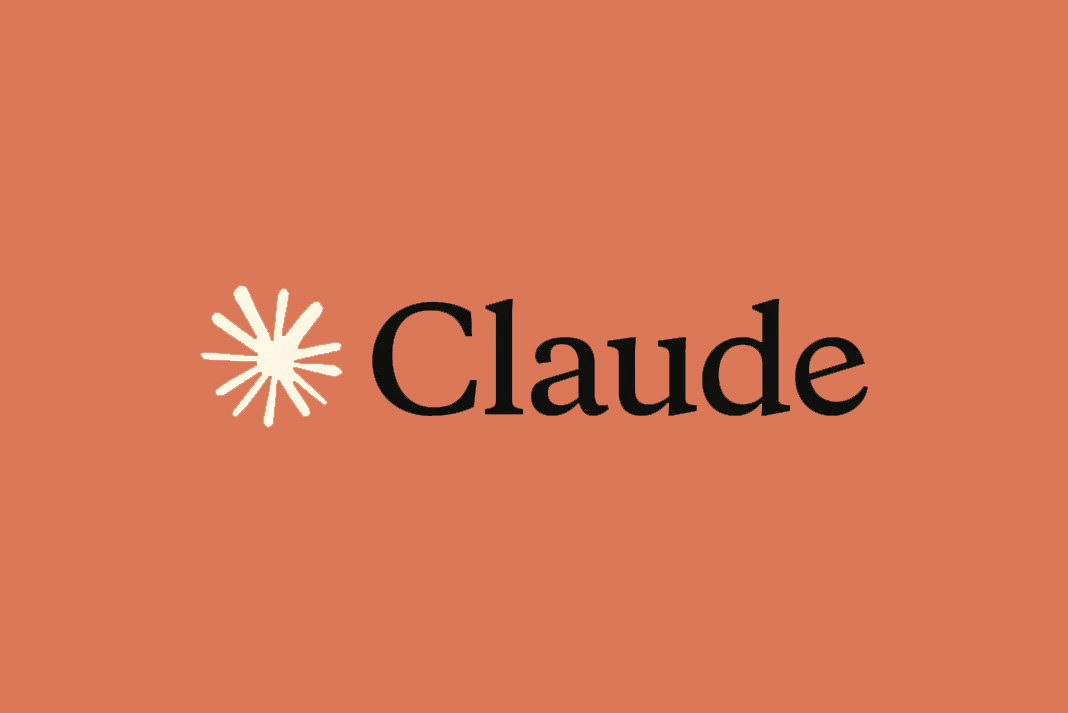AI Agents in Healthcare: Optimising Clinical Workflows
In the fast-paced healthcare environment, every second counts. Hospitals and clinics are always looking for efficient ways to streamline operations, improve patient care, and manage resources. Enter AI agents , your new best friends in this complex landscape.
Use Case 1: Automated Patient Intake Assistant
What is it?
The traditional patient intake process is often lengthy and riddled with paperwork. An AI-powered patient intake assistant automates data collection, leading to quicker, more efficient onboarding of new patients. This means less time spent on monotonous forms and more time for healthcare professionals to focus on delivering care.
Tools & Technologies Used
| Tool | Purpose |
|---|---|
| GPT-4o | Facilitate natural language understanding and generation for patient interactions. |
| Zapier | Connects and automates data flow between systems like appointment scheduling and EHRs. |
| Make | Handles complex workflows and automates tasks without coding. |
Workflow Purpose – What the Agent Does at Each Step
- Capture Intent: The patient interacts via chatbot or online form, initiating the intake process.
- Understand Context: The agent classifies patient needs and collects relevant information (e.g., reason for visit, basic demographic data).
- Data Enrichment: Accesses scheduling systems and existing patient databases to verify information.
- Action or Resolution: The agent finalizes appointment bookings and alerts relevant healthcare staff.
- Accountability & Feedback Loop: All entries and actions are logged for auditing; healthcare workers receive prompt updates.
Use Case 2: Virtual Health Assistant
What is it?
Patients often find themselves bombarded with questions about their health that could easily be answered if they had a virtual assistant. This AI agent acts as a 24/7 health guide. It responds to common queries, helps schedule appointments, and alerts users about medication schedules. The better informed patients are, the more they can take charge of their own health.
Tools & Technologies Used
| Tool | Purpose |
|---|---|
| Claude | Processes queries in real-time, providing instant support. |
| Superagent | Integrates various communication channels for patient engagement. |
| LangChain | Manages workflows across different AI agents and APIs. |
Workflow Purpose – What the Agent Does at Each Step
- Capture Intent: Patients ask questions through a web interface or app.
- Understand Context: The AI identifies the type of inquiry (e.g., medication reminders, symptoms).
- Data Enrichment: It references a drug database or previous patient interactions to give accurate answers.
- Action or Resolution: Provides answers or schedules follow-up calls with healthcare providers if needed.
- Accountability & Feedback Loop: Logs interactions for continuous improvement and tracks common questions for future updates.
Use Case 3: Predictive Analytics for Patient Outcomes
What is it?
Healthcare is all about prevention. AI agents can crunch massive datasets to predict patient outcomes, which helps clinicians identify at-risk patients earlier and tailor treatments. This predictive capability not only optimizes resource allocation but ultimately saves lives.
Tools & Technologies Used
| Tool | Purpose |
|---|---|
| AutoGen | Generates predictive models based on historical patient data. |
| RAG Pipelines | Processes and visualizes large datasets for actionable insights. |
| GPT-4o | Facilitates analysis and generates easy-to-understand reports for clinicians. |
Workflow Purpose – What the Agent Does at Each Step
- Capture Intent: Healthcare providers input specific patient criteria into the system.
- Understand Context: The agent identifies key health indicators, previous treatments, and demographic data.
- Data Enrichment: It pulls in relevant clinical data and literature to enhance prediction accuracy.
- Action or Resolution: The AI agent outputs predictions and suggests preventive measures to care teams.
- Accountability & Feedback Loop: Continuous monitoring ensures that predictions are validated and adjusted based on patient outcomes.
So there you have it. In a world where time and efficiency are everything, AI agents are stepping up, bringing renewed energy into healthcare workflows. They save countless hours that can be redirected to what really matters , quality patient care.





